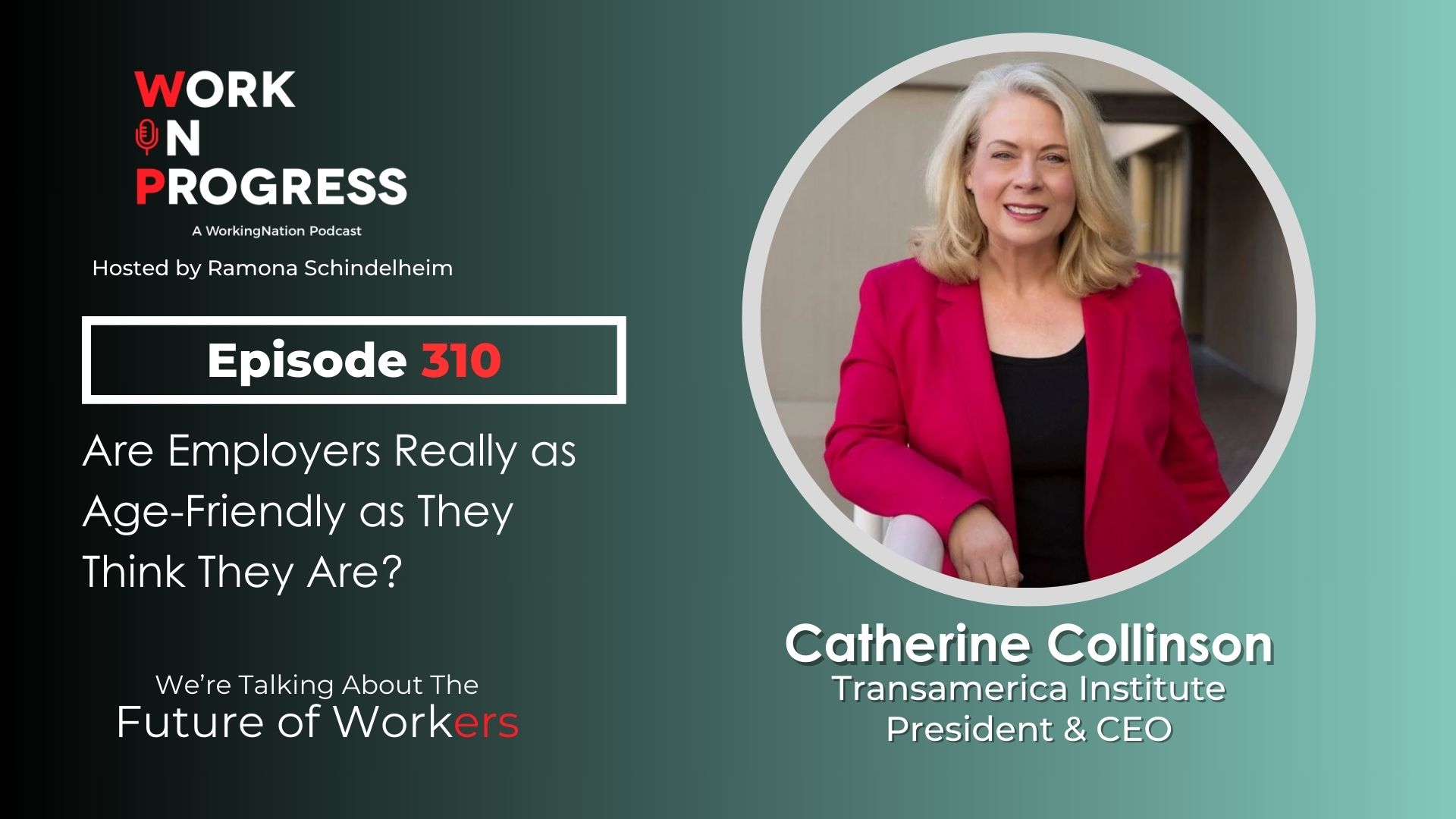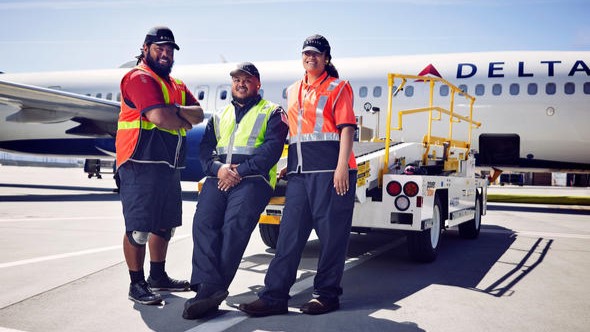Americans may finally see the benefits of a shrinking labor pool as wages rose at its fastest rate in nine years. It is more positive news about the United States economy coming from the Bureau of Labor Statistics latest jobs report, which said that nonfarm payrolls added 201,000 jobs in August.
A record-setting job growth streak entered its 95th month, but economists wondered why wages remained stagnant since the Great Recession. The sluggish reaction of employers to raise wages was blamed on low-skilled individuals finding equivalent work in low-paying jobs. The entry of more job seekers earlier this summer also indicated that there was some slack in the labor pool that also disincentivized wage growth.
Until August, wage growth this year was at 2.7 percent, which was behind the inflation rate of 2.9 percent, meaning that workers’ wages could not keep pace with rising costs. The BLS reported that average wages in August rose by 10 cents or 0.4 percent, and that figure brought this year’s total growth to 77 cents or 2.9 percent. Wage growth is accelerating, the fastest annual gain since June 2009.
Why did it take so long for wages to rise? According to a Washington Post report, Moody’s Analytics Chief Economist Mark Zandi said that the tightening labor market has caught up with employers who cannot find any workers to fill the more than 6.7 million available jobs.
“[Employers] have no choice but to raise wages quickly,” Zandi said to the Washington Post. “Everything points to strong wage growth going forward.”
Top economists for Barclays and Grant Thorton urged caution about treating the spike in wages as indicative of a long-term trend, according to reports.
“It’s only one month, but it would be consistent with a gradual tightening of the labor market,” Barclays’ U.S. Chief Economist Michael Gapen said to The New York Times.
Grant Thorton Chief Economist Diane Swonk told CNBC that “One month does not a trend make. We still have not kept up with overall inflation. It’s still a waiting game in terms of what compensation packages will look like, but they’re improving.” She added that this wage growth was not on par with the last economic boom in the 1990s, but positive nonetheless.
Earlier this week, White House economists said that the Labor Department’s measurement of wage growth did not take into account overall employee compensation and workers saw bigger paychecks due to tax cuts and better incentives from employers. The Washington Post reported that the White House economist Kevin Hassert said that wage growth was “10 to 20 times” higher than previously reported.
This latest BLS figure shows that real wage growth is happening, even if it is somewhere between dueling measurements. However, there were signs that the labor market was showing weaknesses, as fears about protectionary measures may be influencing some industries to curtail hiring. Swonk said on her Twitter account that manufacturing hiring, which declined by nearly 3,000 jobs, in August was a “disappointment” and noted that tariffs have caused “uncertainty.”
New York Times reporter Ben Casselman said that the slowdown in manufacturing hiring concentrated in “trade-heavy” automotive manufacturing. He also linked this number, the first decline this year, to potential effects of tariffs.
The consensus on the BLS household survey was also one of disappointment due to the drop in the labor participation rate by 0.2 percent, or more than 400,000 workers. Casselman said that this is due to the aging population as more baby boomers are exiting the labor force. It is another indication that the “silver tsunami” is affecting the job market because the supply of prime-age workers is not keeping up with the demand for skilled labor.

These weaknesses should not deter from the fact that the average job growth this year is on track to be the strongest since 2015. Multiple industries showed continued growth this month, such as healthcare, transportation, warehousing, and business and professional services. Now that wages are beginning to reflect classic economic principles, there could be more enticement for workers to upgrade their skill sets to take on better-paying roles.
At WorkingNation, we focus on solutions that are working to increase the number of skilled workers in the labor force. From apprenticeships in nontraditional fields to innovative programs training under- or unemployed workers for high-tech jobs, there is an increasing number of options available for individuals and employers to overcome the skills gap.
Adapting to the challenges presented by advancing technologies and economic uncertainty are hurdles that can be managed with preparation. Even in a roaring economy, there are still problems to face to bring all Americans back into the workforce.
Join the Conversation: Tell us your thoughts about the latest BLS jobs report on our Facebook page.











